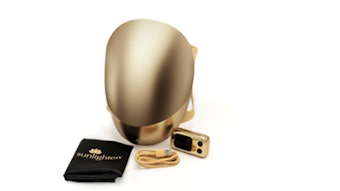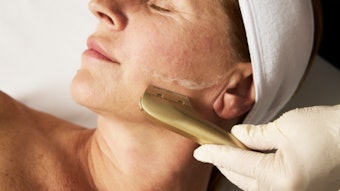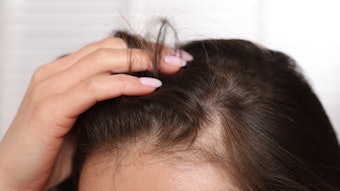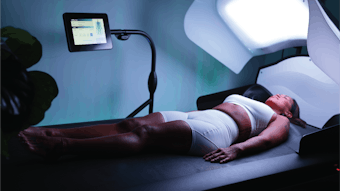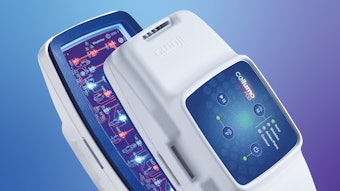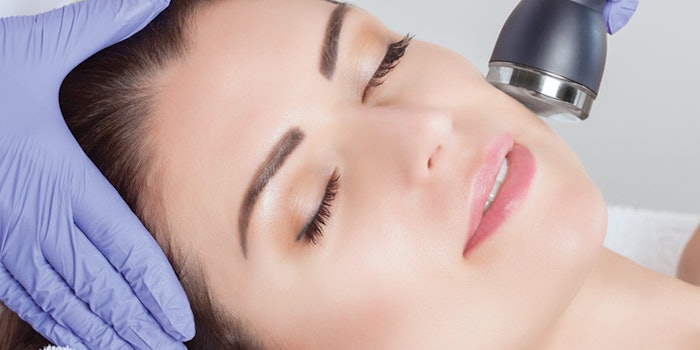
During the 19th century, electrotherapy was unearthed with the discovery of galvanism. It is defined as the application of electrical energy for the treatment of injuries, wound healing, musculoskeletal disorders and neurological therapy. Since its discovery, it has been intensely researched by many notable experts including Robert O. Becker, M.D., of The Body Electric; Bjorn Nordenstrom, M.D., of the Karolinska Institute; and Thomas Wing, D.C., a fifth-generation Chinese doctor who is credited with introducing microcurrent for the treatment of muscles.1 There are four categories defined for traditional electrotherapeutics:
- Galvanic,
- Neuromuscular electrical stimulation (NMES) or faradic,
- Microcurrent electrical neuromuscular stimulation (MENS) and
- High frequency treatment.
Electrotherapy was introduced to cosmetology in the 1800s with high frequency, galvanic, iontophoresis, the Russian vaporizer (facial steamer) and other devices that have evolved into the esthetic equipment we use today. Electrotherapy devices induce physical energy into biological tissue and are intended to bring about one or more physiological changes. It should be noted that the body responds to low levels of current, and human tissue does not require intense amounts of electrical energy for a device to “work.”
Electrotherapy is most effective when:
- The nature of the problem is verified,
- The physiological changes necessary to create improvement or effect are determined,
- The modality or device that would be most effective is confirmed, and
- An extended plan for treatment is determined. The care plan with targeted benchmarks is necessary to measure the success of the treatment, and practical work may be duplicated.
The physiological response and impact of electrical current includes:
- Initiation of an electrical field in biological tissue creating the ability for the skin’s surface to work with ions;
- Physiological effects on cells, tissue, cell permeability, lymphatics and circulation;
- Instigation of protein synthesis and stimulation of fibroblasts;
- Muscle contraction through nerve or muscle stimulation; and
- Tissue regeneration, smooth muscle contraction and the softening of hypertrophic scarring.



